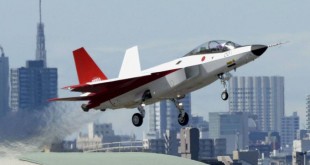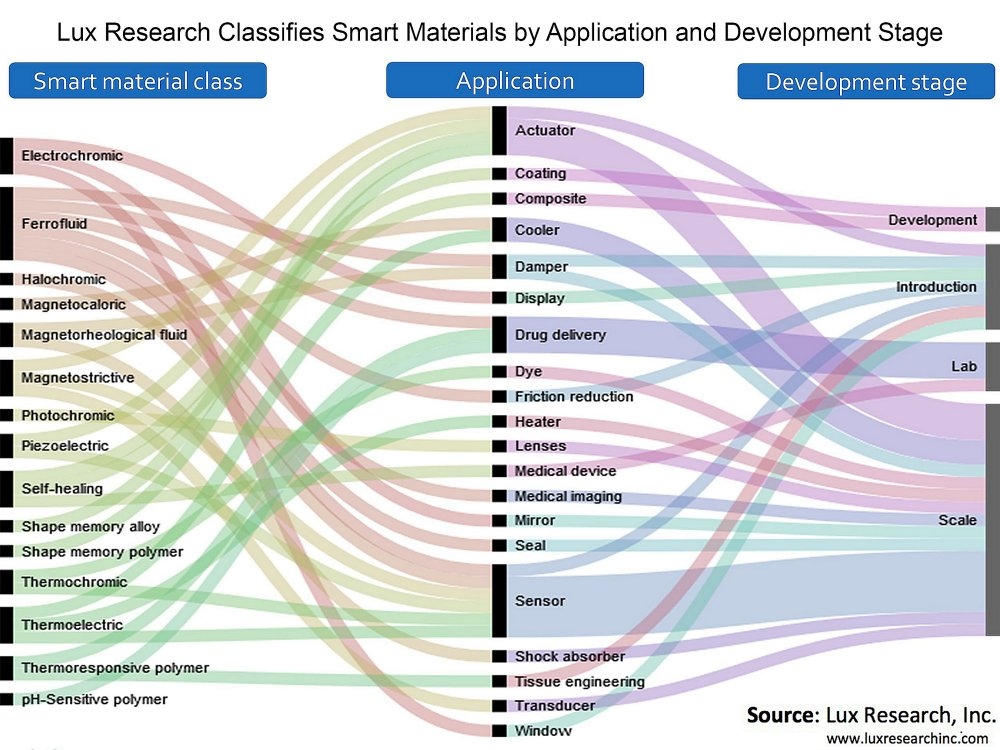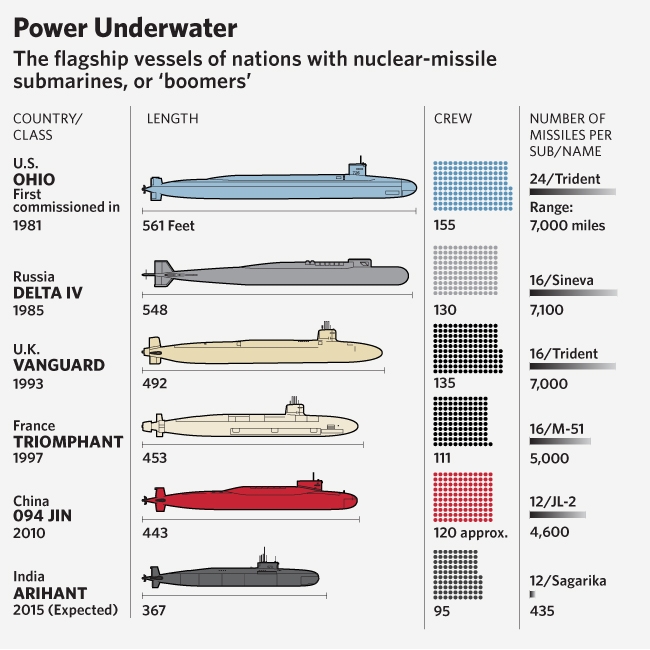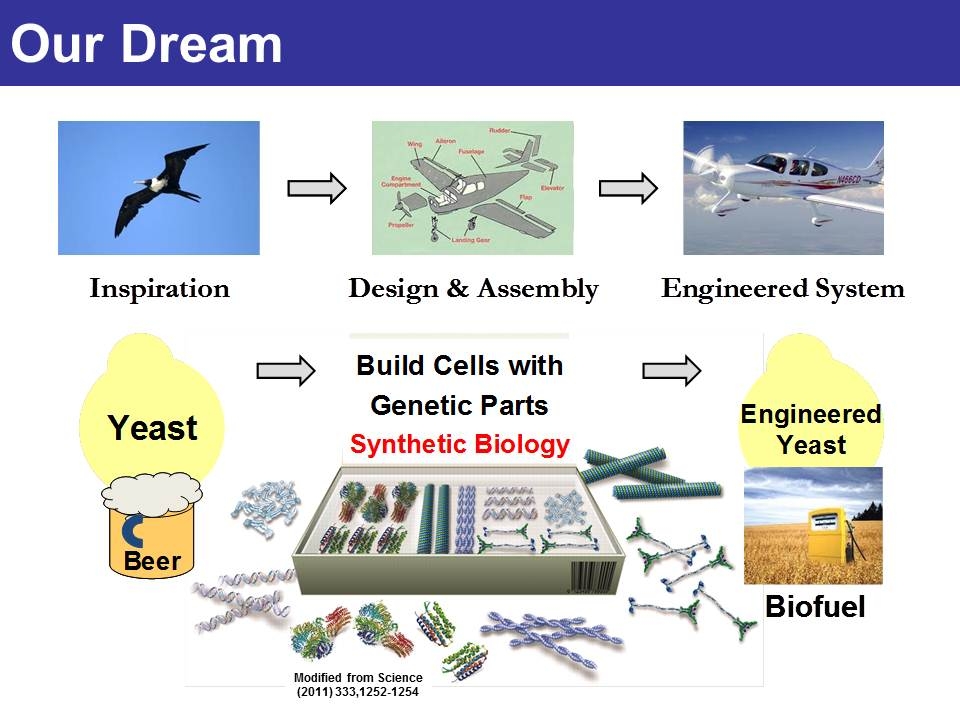The demand for quantum technologies is being driven by large and significant societal challenges, including the need to build in more inhospitable places, for greater security around information and transactions, for better medicines and therapies, and to counter cyber terrorism. Technologies that will allow fire crews to see through smoke …
Read More »Fluidic Propulsive System most silent propulsion for future Drones & Aircraft
In traditional aircraft design, airframes and engines are designed separately and bolted together. This leads to inefficiencies due to additional drag. The approach also leads to propulsive inefficiencies via non-distributed propulsion. Hovering and VTOL requirements introduce even more complexity, size and weight to the system. Jetoptera’s design is a …
Read More »Japan plans F-35A and F-35B induction, indigenous stealth fighter and Hypersonic Weapons to counter Chinese J-20 deployment
The security environment of Japan and the whole region is threatened by expanding military and assertiveness of China and the testing of nuclear weapons and ballistic missiles by North Korea. Tensions between Japan and China over the Senkaku/Diaoyu Islands dispute have recently increased. Japan’s Defense White Paper released in …
Read More »Militaries race to develop Very Long Range Air-to-Air missiles with features like large ‘no-escape zone’, AESA Radar, EO/IR Imaging, Network centric data links and hypersonic speeds
Over the past few decades, advances in electronic sensors, communications technology, and guided weapons may have fundamentally transformed the nature of air combat. One of critical technologies was superior situational awareness (SA) when a pilot has a better understanding of the position of all relevant aircraft and their activities in …
Read More »Militaries developing Smart and Multifunctional materials and structures for morphing, self repair and cloaking
Smart materials or Active materials or Functional materials are designed materials that have diverse, dynamic features that enable them to adapt to the environment. They have one or more properties that can be significantly changed in a controlled fashion by external stimuli, the stimulus and response may be mechanical, electrical, …
Read More »Militaries continue to enhance Short and Medium Range Air-to-Air missiles for achieving superiority in Dogfights
Over the past few decades, advances in electronic sensors, communications technology, and guided weapons may have fundamentally transformed the nature of air combat. One of critical technologies was superior situational awareness (SA) when a pilot has a better understanding of the position of all relevant aircraft and their activities in …
Read More »Hydrophone and Hydrophone Array technology is enabler of Anti Submarine Warfare
A hydrophone is an underwater listening device, just as a microphone is used to detect sound in the air. Hydrophone detects sounds in the water and converts the acoustic energy into electrical energy by detecting changes in pressure in the surrounding environment. Hydrophones listen to sounds in the sea, but …
Read More »Aircrafts & Drones are becoming increasingly important for Anti-Submarine Warfare (ASW) missions
Three decades ago, only a handful of major powers had effective submarine capabilities but, today, fleets in operation around the world are growing rapidly. Emerging superpowers, like China, can add naval capacity equivalent to a European country’s in the space of a few years. The threat from submarines is serious …
Read More »Indo-Pacific Feuds are leading to competition in Submarines and Anti Submarine Warfare (ASW) Capability
Indo-Pacific today is evolving into a significant frontier in the international arena, with an unstable geopolitical equilibrium for sea dominance due to China’s expansionist plans. South China and Asian Feuds are fuelling the race among nations to acquire Submarines and Anti Submarine Warfare (ASW) Capability. The territorial disputes among …
Read More »Synthetic Biology is the core science for future Defence Technology, according to DARPA
Synthetic biology is the application of science, technology and engineering to facilitate and accelerate the design, manufacture and/or modification of genetic materials in living organisms, as defined by the European Commission. It envisions the redesign of natural biological systems for greater efficiency, as well as create new organisms as well as …
Read More » International Defense Security & Technology Your trusted Source for News, Research and Analysis
International Defense Security & Technology Your trusted Source for News, Research and Analysis







